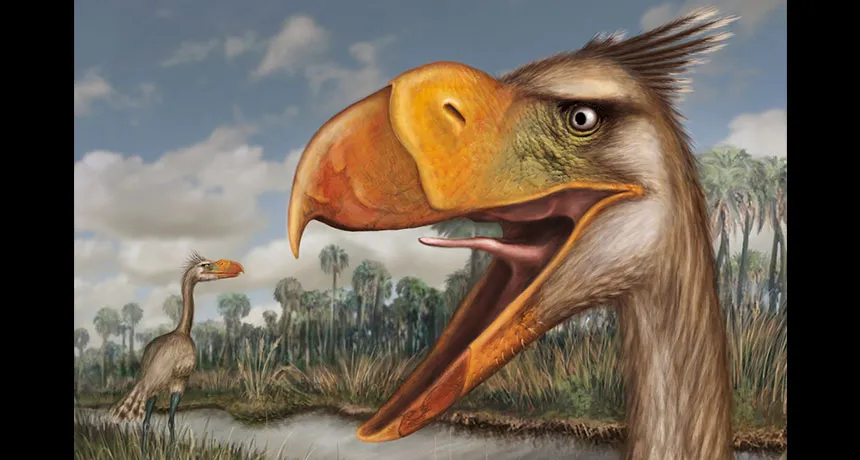Fossil reveals terror bird’s power
Beak strong enough for ancient South American predator to hatchet its prey

Terror birds, such as the newly identified Llallawavis scagliai (illustrated here), were South America’s top predators millions of years ago.
H. Santiago Druetta